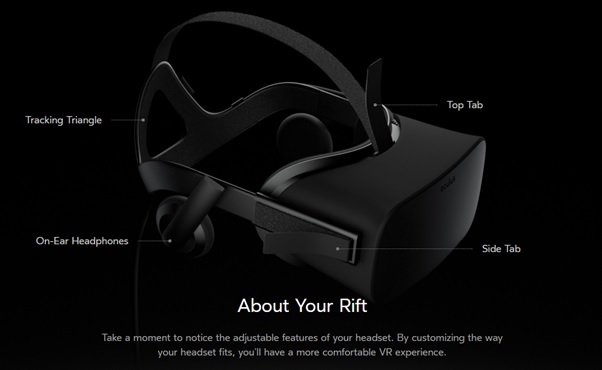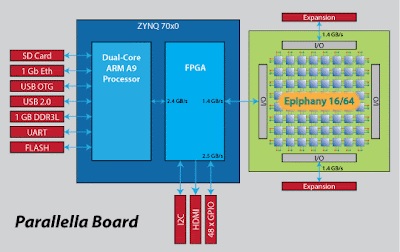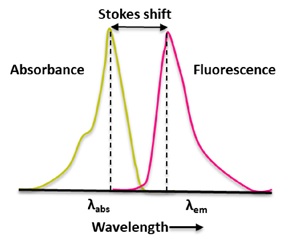Project Fiona
At the 2012 Consumer Electronics Show, Razer -- a company known for developing computer gaming gear like mice and keyboards -- unveiled a unique device dubbed Project Fiona. Part tablet and part video game controller, Project Fiona drew crowds for being, well, as unusual as it sounds. Two cylindrical control grips that look a bit like Play Station Move controllers flank [1] the 10.1-inch screen, which includes touch support (like most tablets) and a full installation of Windows.
Project Fiona represents Razer's attempt to make PC gaming portable in a convenient form factor. Many PC gamers prefer to play with a keyboard and mouse, and Razer caters to them with the Razor Blade, a 17-inch gaming laptop packed with the powerful hardware and priced at $2800. Project Fiona tries to do something different: Ditch the keyboard in favour of video game console-style controls, while retaining the power of a gaming PC's internal components. And they want to do it for less.
Project Fiona's Tablet Design
Project Fiona isn't Razer's first stab at creating video game controllers. The company sells the Onza, a controller designed for Xbox 360 and PC, and the Hydra, a motion control system a bit like the Nintendo Wii or PlayStation Move. The Hydra used magnetic motion sensing to detect the location and positioning of its two separate controllers, designed to be held simultaneously in the left and right hands. To complement motion controls, each Hydra controller featured an analog thumb stick, triggers and face buttons much like traditional controllers. Much of Hydra's design -- minus the magnetic motion sensing -- made its way into Project Fiona.
Fiona's two controllers are rounded cylinders, but they bulge slightly at the top to make space for two trigger buttons designed to be pressed by players' index fingers. The triggers are embedded in the backs of the controllers. On the front, two thumbs ticks will offer the typical dual-stick controls [2] that you'd find on a PS3 or Xbox 360 (just imagine one of those controllers being cut in half).
The button layout is Project Fiona's biggest departure from traditional game controls: While both Sony and Microsoft's controllers use a cross layout of four buttons, Fiona has four buttons on each side of the tablet. And they're not arranged the way gamers expect: Two buttons are stacked on each side, with a bit of empty space in between the two columns. Those buttons are numbered 1 through 4 on each side. Two less visible black buttons -- likely equivalent to "Start" and "Select" on traditional controllers -- are placed below the two columns.
Project Fiona's controllers look like handlebars for the tablet body, but everything about the design is subject to change [3] between concept and final product. Razer may change the button layout to mimic other game controllers, but having four more face buttons than the Xbox 360 or PS3 could give Project Fiona some nice customizability when it comes to PC games.
At least, assuming Project Fiona becomes a real device. Can Razer really release a powerful gaming PC in tablet form for under $1,000? And would anyone buy it?
Project Fiona From Concept to Reality
At CES 2011, a full year before anyone outside of Razer knew Project Fiona existed, the company unveiled another prototype device called the Raze Switchblade. The Switchblade was a miniature gaming laptop PC with its own unique twist. Instead of a typical keyboard, the Switchblade boasted a 7-inch (17.8-centimeter) array of keys with embedded OLEDs. The keys were designed to be fully customizable for different games, and the screen under each would change based on its function.
The system was designed to run Windows 7, but it only had an Intel Atom processor inside -- the same type of processor [4] commonly used in netbooks, which are fine for light Web browsing, but poorly equipped for gaming. Here's the point: Despite all the attention Razer generated for the Switchblade at CES, it opted not to release the Switchblade as a real product. The Razor Blade laptop integrated that OLED keyboard concept into its design, but the 17-inch (43.2-centimeter) gaming laptop is a much easier sell to gamers than a tiny portable gaming machine with an expensive keyboard.
So, will Project Fiona become a real product? While Razer sounded enthusiastic about Project Fiona in CES interviews, and explained that elements of the design could change after the concept stage, they never confirmed that it would, indeed, be a real product. The Switchblade set a precedent for them to show off something wildly experimental at CES. Producing a viable final project won't be easy, either: The powerful components needed for gaming will be challenging to fit into a tablet chassis, and batteries take up a great deal of space in mobile devices.
Project Fiona will need a very big battery to last for longer than 2 to 3 hours of gaming on a single charge. Powerful gaming laptops often cost $1,500 or more, while Razer is shooting for a $1,000 price point. And tablets [5] typically cost $500 or less, which will make a hybrid device like Project Fiona a difficult sell to the tablet market. If Razer does release a gaming tablet, it likely won't look exactly like the Fiona we know above figure1.

Figure1: project Fiona.
References:
- computer.howstuffworks.com/tablets/project-fiona.html.
- https://computer.howstuffworks.com/tablets/project-fiona.htm
- https://www.pcworld.com/article/473467/razers_project_fiona_a_tablet.
- https://www.techshout.com/razer-project-fiona
- https://www.pcworld.com/article/247751
Cite this article:
S. Nandhinidwaraka (2021) Project Fiona, AnaTechMaz, pp 9















